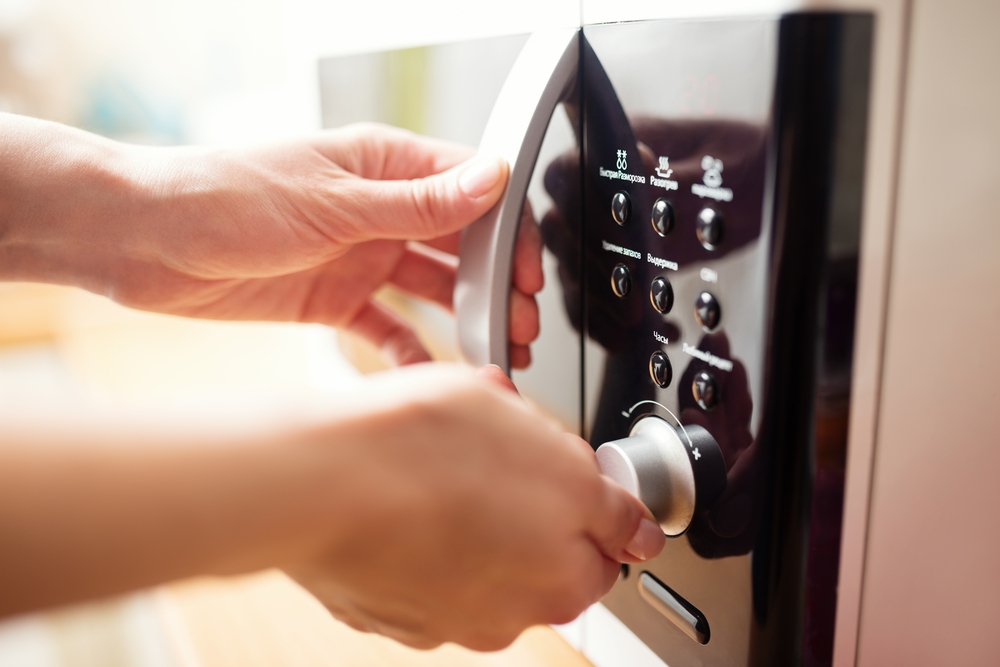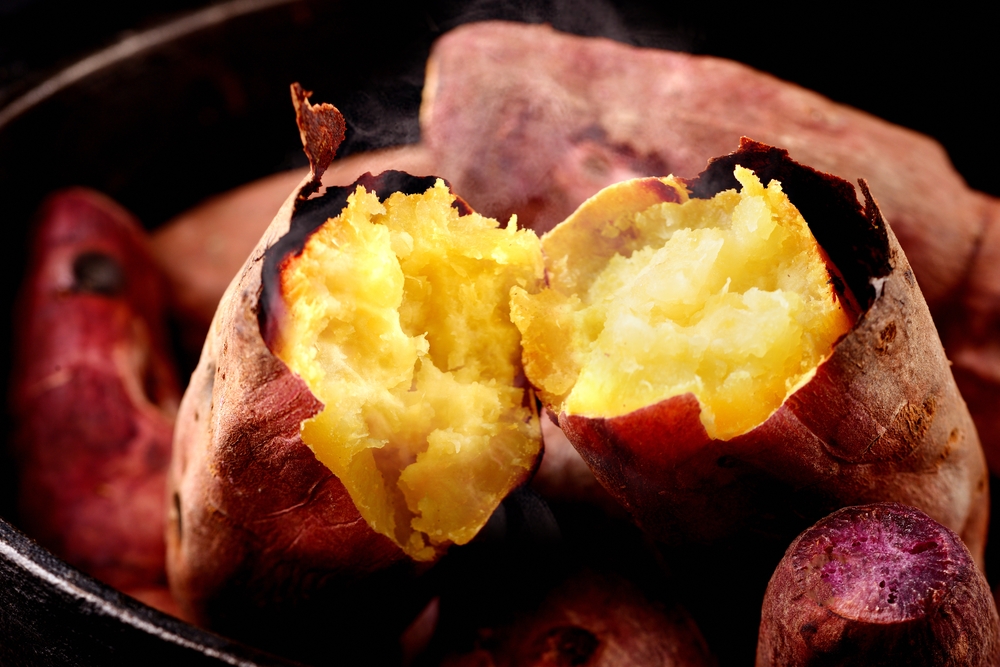
Although microwave ovens have solved many people’s [eating problems], they still cannot stop all kinds of [conspiracy theories] in the circle of friends.
Does microwave heating produce carcinogens?
The principle of microwave heating is to make polar molecules (such as water and protein) rotate rapidly through the change of electric field direction, thus generating heat through the movement and friction of molecules.
Many natural ingredients are high-moisture foods, such as fish, eggs, milk, fruits, vegetables and porridge soup, so they are more suitable for microwave heating.
There is no evidence that microwave heating can directly produce carcinogens, and even if microwave ovens are used correctly, it can help avoid the generation of carcinogens.
For example, traditional cooking methods, such as frying fish and meat and barbecuing meat (especially when burnt), are easy to have too high a temperature (over 200 ℃), thus producing carcinogens.
However, the daily microwave oven is used to heat leftovers and food with high moisture content. As long as the moisture is not steamed dry, the temperature of the food will generally not exceed 100 ℃.
When it comes to [microwaves], many people think it is radiation and immediately associate it with [carcinogenesis].
In fact, you may have confused [microwave] with [X-ray], which may cause cancer.
Although both microwave and X-ray are electromagnetic waves, the frequency and energy of X-ray are too high, and the frequency of microwave is not as high as that of visible light. As for energy, qualified microwave oven products leak very little microwave, so there is no need to worry at all.
Does microwave heating lose nutrition?
Any cooking method will have certain nutritional loss.
As long as the heating time and temperature are reasonable, microwave heating does not lose more nutrition than natural gas stove heating.
There are even a large number of studies that have proved that when cooking vegetables and fruits in microwave ovens, the loss of vitamin C, flavonoids and chlorophyll is smaller because of the fast heating speed and short heating time.
Which foods are suitable for microwave heating?
Knowing the principle of microwave heating, we can understand that foods with high moisture content, such as porridge, rice, noodles, milk and vegetables, are more suitable to be heated by microwave oven.
Because microwave heating of food may be uneven in heating, for food safety, it is recommended to take out the food and stir or turn it several times in the middle to heat it evenly.
In addition, you can also try:
STEP 1 Boil Soup
Some foods that will not overflow, have a lot of water and are not easy to steam dry can be boiled in microwave oven, such as apple soup, vegetable soup, ginger soup, etc.
Step 2 Steamed food
As long as the food is placed in a covered container or wrapped in heat-resistant plastic wrap, preferably with a little more water, it can be steamed in the microwave oven. It can be used not only for steaming sweet potatoes, potatoes, pumpkins, egg custard and fish.
At present, many new microwave ovens have the function of steaming food, which can be done with one click.
As for baked potatoes and baked sweet potatoes, which many people love, it is actually more suitable to use the [baking] function of oven or microwave oven, which can achieve the effect of [dry skin and soft inside].

Which foods are not suitable for microwave heating?
1. Food with shells
Food with membrane (such as egg yolk) or shell is not suitable for microwave heating and is easy to burst.
Many people once put eggs into the microwave oven, and the result was that the eggs exploded, which was horrible. If you open the oven door quickly, it is likely that the eggs burst in front of you… This horrible scene is unimaginable.
Is it possible to use microwave oven to heat the eggshell after it is removed?
This is not the case. Although there is no eggshell, the yolk of the egg is covered with a film.
The water content of egg yolk is relatively low. After microwave heating, the temperature rises rapidly, generating a large amount of steam. However, the steam is wrapped by the yolk membrane and cannot be dispersed. Eventually, the yolk membrane can only be broken through and the yolk splashes everywhere.
Tips for Microwave Fried Eggs: Beat the eggs on a flat plate, then use toothpicks to make more holes in the yolk of the eggs, and heat them with microwave for about 40 seconds (each microwave oven has different power, try more by yourself).
2. Foods High in Fat and Low in Water
For example, cheese, nuts and pork belly, because of the low moisture content, the temperature rises very fast after microwave heating, and it is easy to burnt or explode.
In addition, the moisture content of dried fish, dried meat and the like is too low, and it is very easy to burnt and produce carcinogens when heated by microwave.
Therefore, when these foods are heated in microwave ovens, they should be very careful and strictly control the time. It is better to change to other heating methods.
3. Water
Since when the microwave heats the water, the water does not flow, but the temperature rises, it may exceed the boiling point and there is no sign of boiling.
At this time, as long as there is a little disturbance (for example, you open the microwave oven door to get water), it will boil violently and burn easily.
Is microwave oven suitable for heating with what container?
These containers can be heated by microwave oven:
- Porcelain bowls and plates used at ordinary times, ceramic pots and glass lunch boxes used for cooking soup, plastic lunch boxes marked with [microwave heatable]
The plastic lunch boxes packed back from the restaurant should be carefully examined. If there is no sign of “microwave heating”, don’t put them.
Never put these containers in the microwave oven!
1. Any material containing metal
It also includes porcelain cups or plates with gold patterns. Otherwise, you will see the fire shining in the microwave oven, and then these beautiful patterns will be completely destroyed.
2. Paper boxes
It may overheat or even catch fire.
3. Ordinary food plastic bags bought outside
You have no idea the temperature tolerance of these materials.
